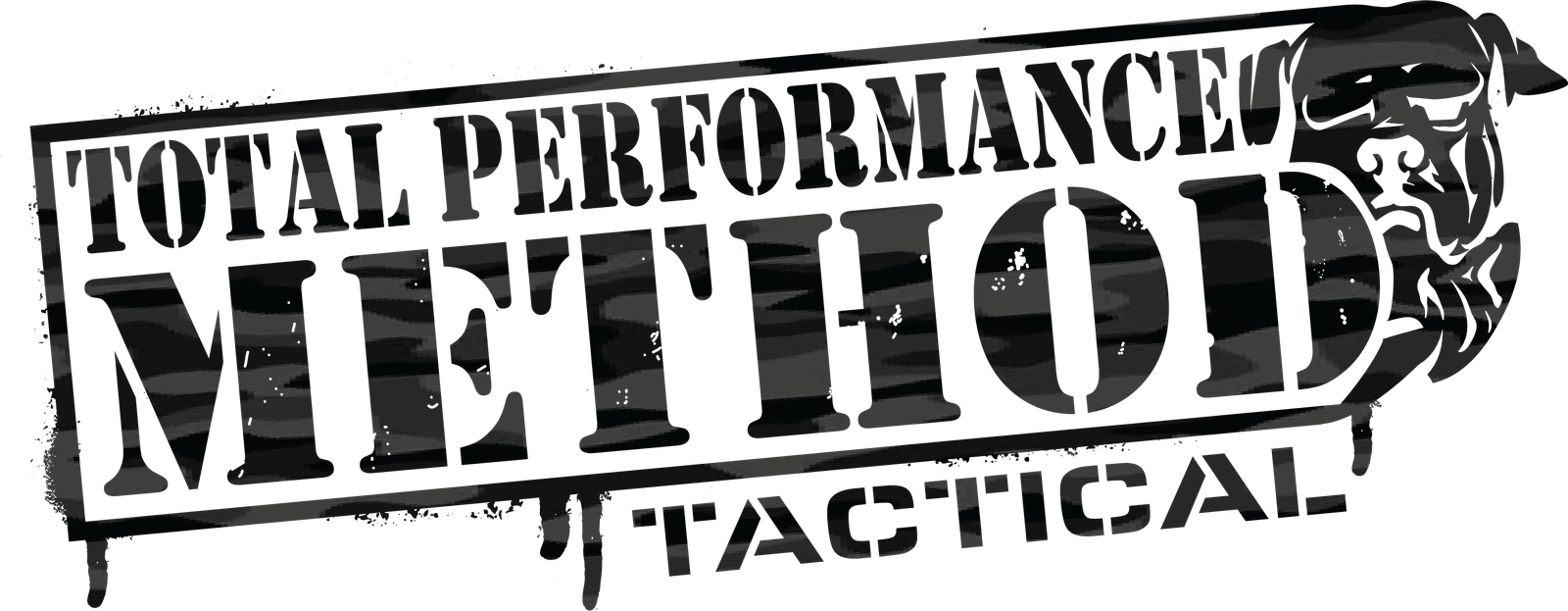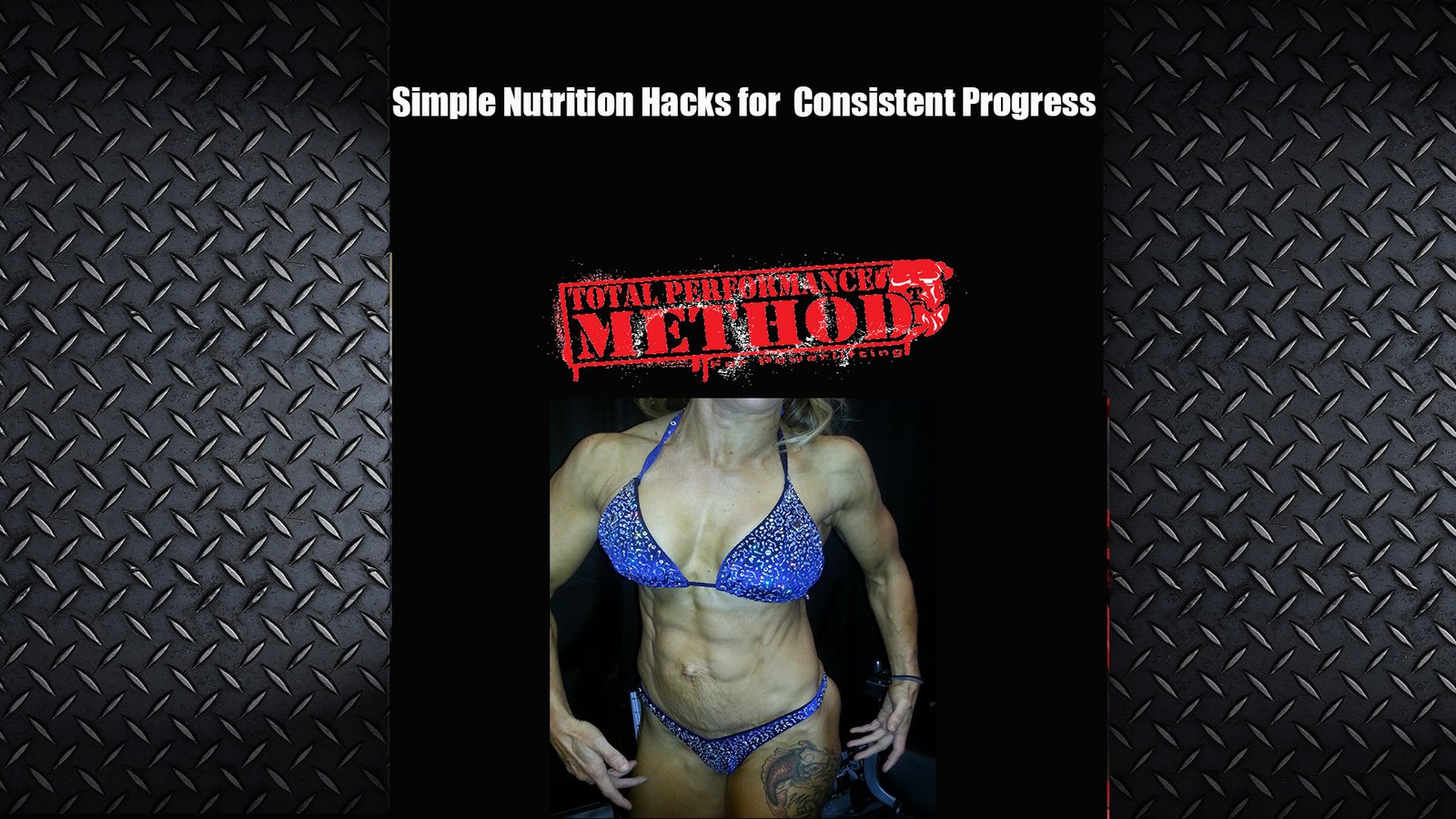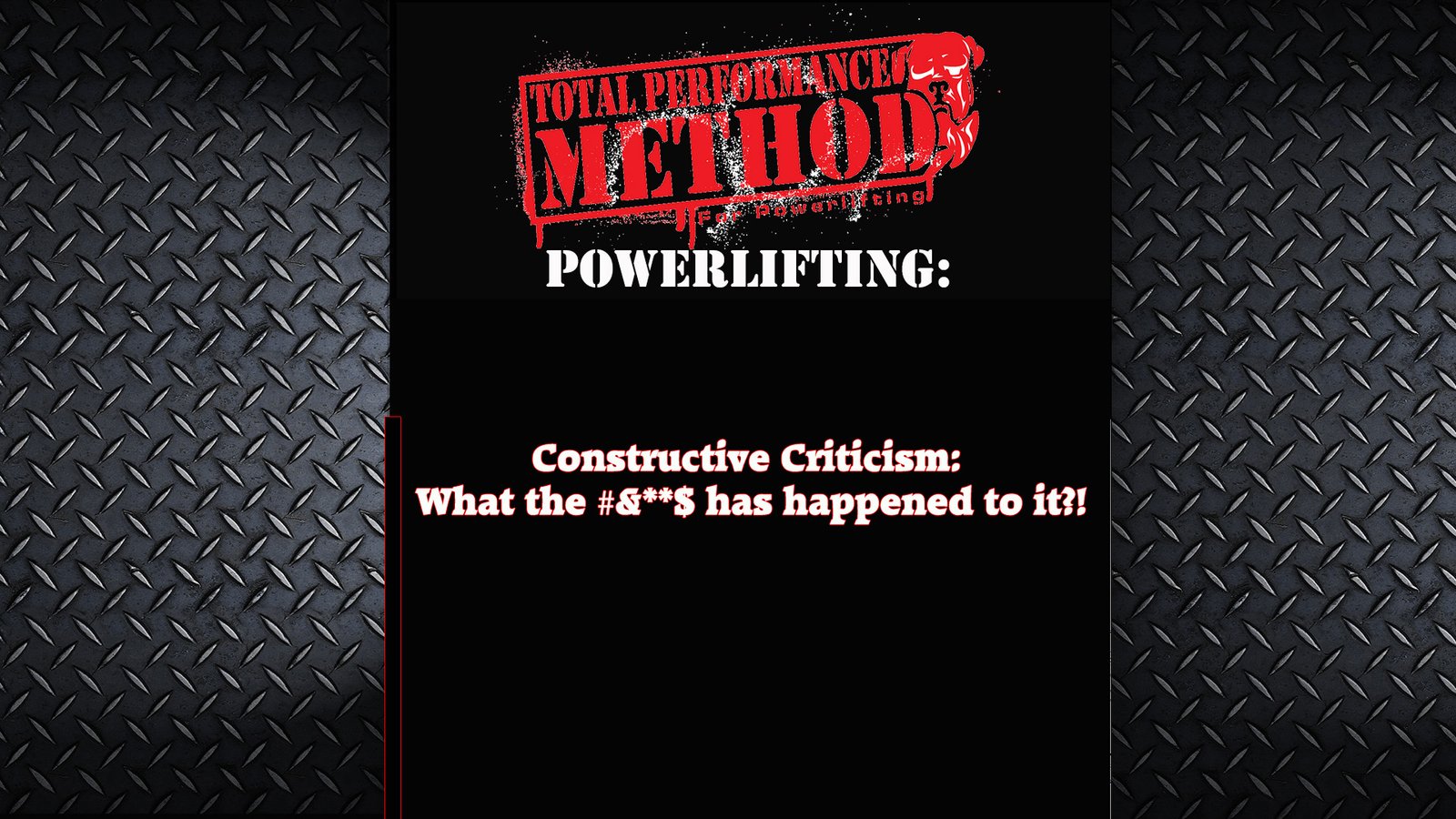It’s time for Part 2 of the best article with the worst name. I have a horrible time thinking up names for articles, and this one was the worst. Give it a shot before you pass it over because of the crappy title. The title really does say what it is all about. Guys my age and older made every training mistake that you can imagine and some you can’t imagine and most of us are pretty beat up from it.
I’ve got a friend with two cracked thoracic discs in his spine from bouncing heavy bench presses off his chest for years. I’ve got another with two bad shoulders form benching wrong for years and I can name about 20 more who are banged up in their own way. Back in the day, we though nothing about going in and putting 225 on the bench or seated behind the neck press with no warm-up and getting it done. Why?

Because we didn’t know any better and warming up was for pussies. We know better now and it makes me cringe when I see people using bad form, or not warming up and about 1000 other mistakes that I have made. That is who this article is for, the old beat up guys, the young guys who are not beat up yet, and also for the ladies. Women have embraced strength training in the last decade, and they fit into 2 groups for the most part. We have the type that trains here and is educated about training and works HARD, and sadly we still have the pink dumbbell crowd who has been poisoned by the mass media and the commercial gym scene. If I can change the kind of just one female with these articles and get them to train the way our girls train at TPS, I’ll be psyched.
Back to the article, I ramble a little: in the last article I said I’d give you some ideas about how to keep from getting banged up, how to train for LIFE and how to train around injuries. Here it is.
All workouts should begin with a warm-up. We suggest a dynamic warm-up consisting of some type of calisthenics. The Paris Dynamic Warm-Up DVD is an excellent resource for this. If you don’t have it, grab one they are very affordable. If not here is a quick idea of what to do:
Do this as a circuit 2-3 times, all for 10 reps: Squats, jumping jacks, seal hops, straight leg raises, iron cross, prone cobra, hip pops, single leg hip pops, pushups, supermans.
This is a very short warm-up and you can certainly do more. If you do not know these exercises, they are all explained in the Parisi DVD, and in most of our classes here at TPS. I’ll work on getting you a video of this soon.
After the dynamic warm-up (or before), do some soft-tissue work on a foam roller and a lacrosse ball. Using a foam roller helps break up scar tissue and adhesions which prevent the muscles form firing optimally. A lacrosse ball gets into the areas you can’t reach with a roller. It is especially good if you stick it in a tube sock and use it between your shoulder blades. Adding in soft tissue work is one of the most important parts of your training, pre and post. Don’t skip it. Spend at least 10 minutes doing this.
Next comes the actual strength session. I am not giving you a sports specific workout, or a bodybuilding workout, but one for most of you. Just about everyone wants to be leaner, stronger and able to move better as well as having more endurance. This will give you what you need.
Your workout needs a few different components, and here they are: a primary strength exercise or two, repetition exercises, torso training, conditioning and flexibility/cool down. That’s all there is to it and it doesn’t not need to be complicated. How you set it up is up to you and the exercises that you choose are up to you. I strongly advise learning how to perform basic exercises properly from a qualified individual. With that said, I also believe that you do not need a lot of variety. Most of the strongest lifters have built their strength using primarily the basics and they didn’t whine about being bored with their workouts or need to freshen it up. They went to the gym and worked hard and then left to live their lives. You should take notice.
Choosing exercises is where this article is a little more specific. If you are young, and not injured, squat, press, pull. There are your main exercises. Simple, effective and not boring.
If you are older or injured, listen up: you need to find exercises that do not cause pain to the inured area. I know this sounds like everyone should know this but you will not believe how many times I have seen people doing stuff that hurts for whatever their reason is. Let’s say you have a lower back disc issue and you cannot squat. This is no reason to give up training or do a pussy Planet Fatness workout on machines. TPS is set up to allow just about anyone with just about any injury to train as hard as they are capable with exercises that won’t aggravate you. Back to the lower back issue, if you can’t squat due to this, you can certainly use the Belt Squat machine. This is one piece of equipment that every gym should have but I only know of us in this area. The belt squat allows you to load the lower body with a belt and squat as heavy as you like with no pressure on the spine.

I can give you many more examples of the equipment TPS has to work around injuries but that would take a month to read. Just know that if you train here, we have something you can use no matter what your injury is.
Pick exercises that are close to a basic lift and work hard at them for your strength movement. Another thing on that: older lifters might do better with avoiding limit weights and trying to increase the amount of tension they use. Increasing force production is a way to get strong and it does not need a ton of weight. Of course the best way to get strong is to lift heavy weight but as we age the body is more prone to injury and has more degeneration (wear) on the joints and spine. Hammering these areas with a constant load of heavy weight is not always advisable.
Older lifters are better off with sets of 5-8 for their strength movements. Higher reps can build strength while lessening the abuse on the body.
When choosing your exercises it is important to have a plan. How many days are you going to train? I suggest strength training 3-4 times a week for those who are healthy and under 40. For those of you who are over 40 and are beat up or inured, stick with 2-3 days of strength training and at least 1 day for conditioning. Here is an example of how to set up your primary lifts for 2, 3 or 4 days a week of training:
2 sessions a week:
Day 1
Squat, Overhead Press
Day 2
Deadlift, Bench or Incline Press
or
Day 1:
Squat and Deadlift
Day 2
Bench and Overhead Press
3 Days a week:
Day 1:
Squat
Day 2:
Bench or Incline Press and Overhead Press
Day 3
Deadlift
4 Days a week:
Day 1:
Squat
Day 2:
Bench or Incline Press
Day 3:
Deadlift
Day 4:
Deadlift
I would also advise that those who are who have banged up shoulders completely drop the bench press. Stick with the Incline Press or use dumbells. The flat bench can really do a number on the shoulder joint especially if you did it the way we all used to for years. Even if you learn to do it right now, the damage has been done and the risk to reward is not there for me.
When using the templates listed above, try using a breakdown by week like this for your work sets: (percentage are from training max explained in the next section)
Week 1: 5 sets 8 reps at 70%
Week 2: 5 sets 5 reps 80%
Week 3: 3 sets 3 reps 90%
Week 4: 3 sets 5 reps at 55% of your heaviest weight in the last 3 week or of your training max.
Week 5: Start over with a small increase in weight or use a new max weight.
How do you choose a max weight? Unless you have a good team of spotters I never suggest doing a 1 rep max. Instead, do this: pick a day and set a 5 rep max in each of the lifts (not on the same day). Take the weight you listed and plug it into this formula: weight x reps x.0333 + weight=max
For example, if you squatted 275 for 5 reps it look like this:
275×5=1375 x .0333= 45.7875 + 275 = 320
320 is your estimated one rep max in the squat. The amount of reps you do does not matter, so if you were supposed to set a 5 rep max and got 6, or only got 4 it doesn’t matter. Just put the actual number you got in the formula and do the math. The formula is pretty accurate for lower reps. Don’t do 20 or 25 reps and plug it in. Once you have the number, subtract 10% to find your training max. If you set a 320 max in the squat, your training max is 288. Don’t be that guy and buy those stupid ¼ pound plates because you need to get to 288. Just round it up to the nearest 5 or down. I would go with 285 as a training max in this instance.
Using the suggestion I listed above for the week to week, it looks like this:
Estimated 1 rep max=320 training max=285
Week 1: 5 sets of 8 reps at 70% of training max 200
Week 2: 5 sets of 5 reps at 80%= 225
Week 3: 3 sets of 3 at 90%= 255
Week 4 (DELOAD): 3 sets of 5 at 55% = 155
You can now set a new 5 rep max on the next cycle or increase your percentages to 75%, 85% and 95% at your current training max or add 5 pounds to upper body and 10 pounds to lower body. This sounds a lot like 531 and it is. 531 is a proven system and it works well. This is not 531 of course, but I thought I’d let all of you training geeks that yes, I recognize that. Anyway…
Following a plan like this is great for just about anyone that has “normal” goals. It is not the best idea for someone looking to compete in a strength contest, or maybe as an athlete’s program. It is great for all of you who would like to be more fit, be strong and be healthy. Using higher reps for the limit strength work will give your joints a break, unlike using heavy 3’s, 2’s and singles.
That’s it for this month’s installment. In future installments I’ll list ways to choose exercises based on injuries, how to keep your joints healthy, how to program your assistance work for maximum results and more.







Leave A Comment